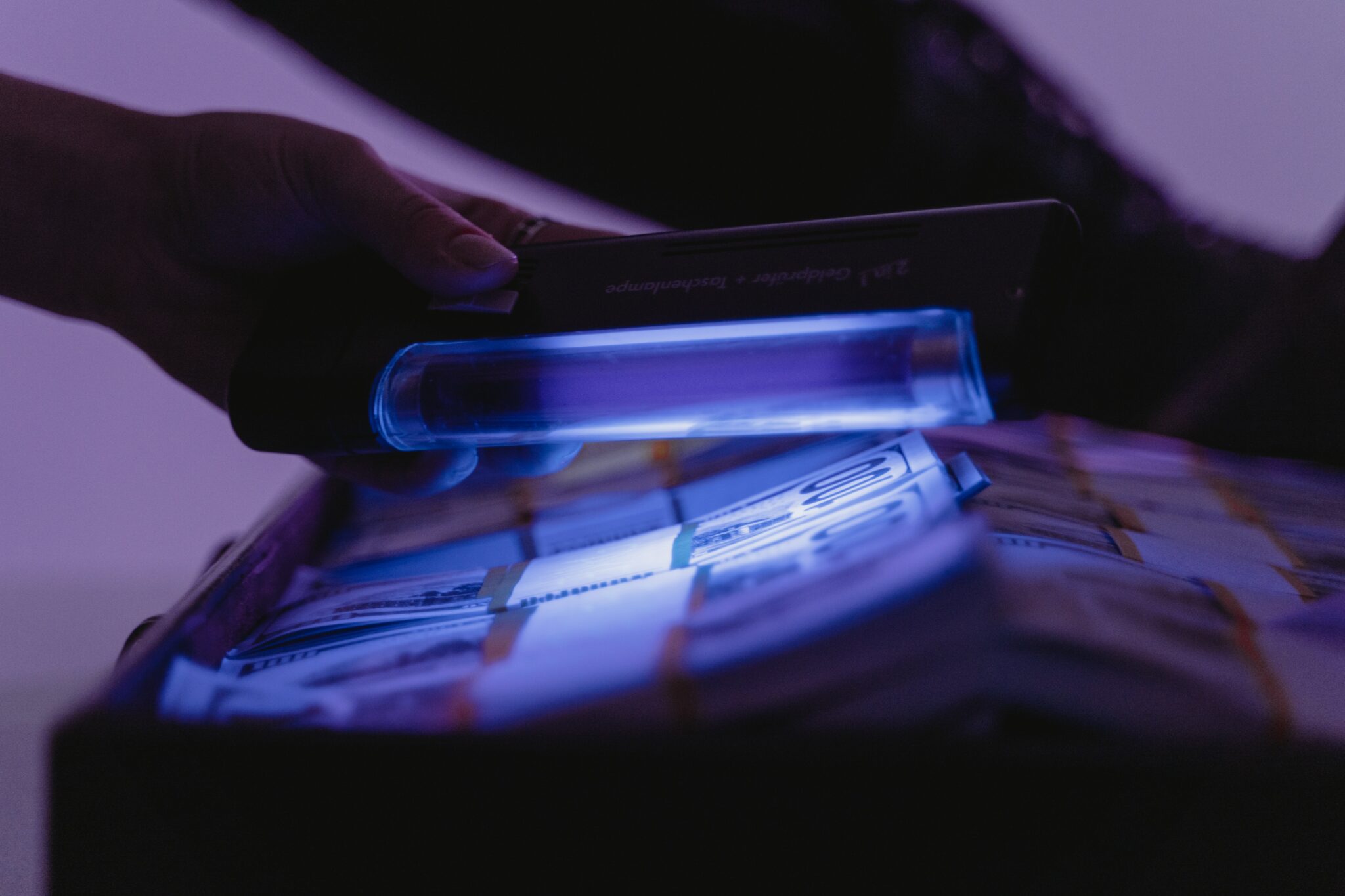ELI5: UV (ultraviolet) light has the ability to kill germs and bacteria by disrupting their DNA structure. Think of it like a sunburn, but on a microscopic level. UV light damages the DNA of bacteria, viruses and other microorganisms, making it difficult or impossible for them to reproduce and spread. UV sanitizers use specific wavelengths of UV light to target and destroy these harmful pathogens. For example, imagine you have a glass of water with tiny invisible germs floating inside. When you shine a UV light on the glass, the light penetrates the water and zaps the germs, killing them instantly. This process is called UV sanitization and it's often used in hospitals, water treatment plants, and other places where cleanliness and safety are critical. UV light sanitization is quick, efficient, and effective in killing germs without the use of harsh chemicals. It's also environmentally friendly, making it a popular choice for people who are concerned about the impact of traditional cleaning methods on the environment.
TLDR / Key Takeaways
Key Takeaways:
- The main idea behind using UV light for sanitizing is that it kills germs and bacteria on surfaces.
- This is achieved through the UV light’s ability to damage the DNA of these microorganisms, rendering them unable to reproduce and ultimately leading to their death.
- To ensure effective sanitization, it is important to use the right type and intensity of UV light, as well as ensuring proper exposure time and adequate coverage of the target surface.
Introduction on How UV Sanitation Works
UV light has become a popular method of sanitizing and disinfecting surfaces in order to reduce the spread of germs and bacteria.
It’s important to understand the efficiency of UV light in killing these harmful microorganisms to ensure proper use and maximum effectiveness.
This blog post will delve into the science behind UV light, the factors that affect its efficiency, and the different types of UV light sanitization available.
We’ll also explore the advantages and limitations of using UV light as a method of disinfection.
By the end of this post, you’ll have a clear understanding of how UV light works to kill germs and bacteria and how to use it effectively.
II. How UV Light Works
UV light, or ultraviolet light, is a type of electromagnetic radiation with a shorter wavelength than visible light.
In this post, we will explore how UV light works and its various applications, from sterilization to sunscreen protection.
UV light is electromagnetic radiation with a wavelength shorter than visible light but longer than X-rays. This type of light is often associated with its harmful effects on human health and the environment.
However, UV light also has many beneficial applications, such as in disinfection, water treatment, and in the curing of adhesives and coatings.
The different types of UV light are UV-A, UV-B, and UV-C. Each of these types of UV light has unique properties and is used in specific applications.
For example, UV-A is the longest wavelength of UV light and is often used in black light applications, while UV-B and UV-C are used in water treatment and purification.
The science behind how UV light kills germs and bacteria is a crucial topic in the field of disinfection and infection control. Ultraviolet (UV) light has the ability to kill germs and bacteria by damaging their DNA.
This makes it a highly effective tool for sterilizing surfaces, water, and air, among other applications.
The science behind how UV light kills germs and bacteria can be explained through its ability to penetrate the cell walls of microorganisms.
Once inside, the UV light interacts with the DNA and RNA of the microorganism, causing mutations and ultimately leading to its death. This process is referred to as “germicidal irradiation.”
The three different types of UV light (UV-A, UV-B, and UV-C) each has a unique wavelength and energy level.
UV-C is the most effective in killing germs and bacteria as it has the shortest wavelength and the highest energy level.
The UV spectrum and its impact on germs and bacteria, is a topic of significant interest in the fields of medicine and environmental science.
In addition to its germicidal properties, the UV spectrum has a variety of other impacts on the environment. For example, UV-B radiation can penetrate the atmosphere and damage plant and animal life.
On the other hand, UV-A radiation is often used in applications such as black light and sun tanning.
In conclusion, the UV spectrum and its impact on germs and bacteria is a complex and multi-faceted topic that continues to be a significant area of research.
From its ability to sterilize surfaces, water, and air, to its potential negative effects on the environment, the UV spectrum is a crucial aspect of our daily lives.
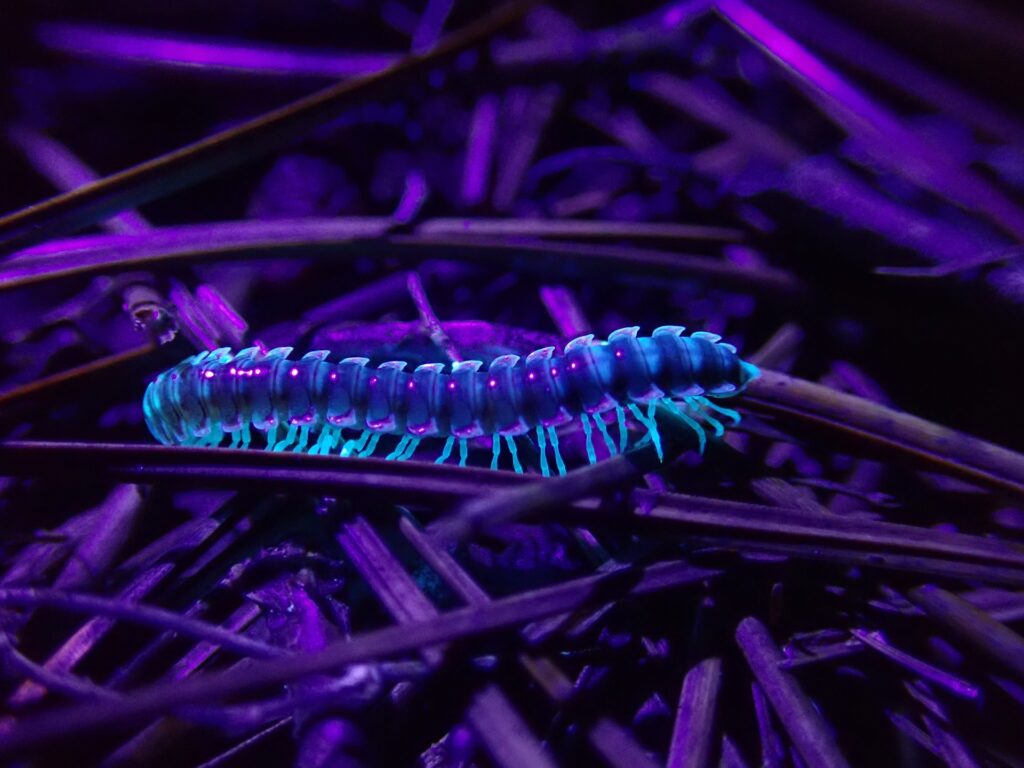
III. Factors that Affect the Efficiency of UV Light
UV light has a range of applications including sterilization and water purification, but its efficiency can be impacted by various factors.
In this post, we will delve into the key elements that affect the effectiveness of UV light and how to optimize its performance.
From distance and intensity to the nature of the target, understanding these factors is crucial for maximizing the efficiency of UV light.
As the distance between the UV light source and the target surface increases, the intensity of the UV radiation decreases.
This decrease in intensity can directly impact the efficiency of the sterilization process, as a weaker UV light may not be as effective in killing germs and bacteria.
For example, consider a scenario where a UV light source is used to sterilize a large room.
If the UV light source is positioned close to one wall, it will produce a strong UV radiation, but as it moves away from the wall, the intensity of the UV radiation decreases.
This decrease in intensity can be significant, leading to a decrease in the efficiency of the sterilization process.
It is important to note that the rate at which the UV radiation decreases with increasing distance is not linear, and depends on various factors such as the type of UV light used, the angle of the light source, and the surface reflectivity of the target.
To summarize, the efficiency of UV light sanitation is greatly impacted by distance, and as the distance between the UV light source and the target increases, the intensity of the UV radiation decreases, leading to a decrease in the efficiency of the sterilization process.
To ensure optimal results, it is essential to keep the UV light source as close as possible to the target surface.
The strength of the UV light source is directly related to its intensity, which refers to the amount of UV radiation emitted per unit of time.
The higher the intensity, the stronger the UV light source, and the more effective it is in killing germs and bacteria.
For example, consider a scenario where two UV light sources are used to sterilize a room.
The first source has a high intensity and the second source has a low intensity.
The room sterilized with the high-intensity UV light source will have a higher degree of disinfection compared to the room sterilized with the low-intensity UV light source.
It is important to note that the strength of the UV light source also affects the duration of the sterilization process.
A stronger UV light source will typically require a shorter exposure time to achieve the same level of disinfection as a weaker UV light source.
To summarize, the strength of the UV light source greatly impacts the efficiency of sanitation.
The higher the intensity of the UV light source, the stronger it is, and the more effective it is in killing germs and bacteria.
To ensure optimal results, it is essential to use a UV light source with a high intensity and to follow the manufacturer’s recommendations for exposure time.
Different surfaces have different levels of reflectivity, which can impact the efficiency of the UV light sanitation process. For example, a smooth, non-porous surface will reflect UV radiation more effectively than a porous or irregular surface.
This means that a smooth surface will have a higher degree of disinfection compared to a porous surface, when exposed to the same amount of UV radiation.
It is important to note that the type of surface can also impact the ability of the UV radiation to penetrate the surface and reach the germs and bacteria underneath.
For example, surfaces that are highly reflective can also block UV radiation, reducing the efficiency of the sterilization process.
To summarize, the type of surface being treated greatly impacts the efficiency of UV light sanitation.
Different surfaces have different levels of reflectivity, which can impact the amount of UV radiation that is reflected or absorbed.
To ensure optimal results, it is essential to consider the type of surface being treated and to follow the manufacturer’s recommendations for exposure time and distance.
Different types of bacteria and germs have different levels of susceptibility to UV radiation.
Some microorganisms are highly sensitive to UV radiation and can be effectively eliminated with short exposures to UV light.
On the other hand, other microorganisms are much more resilient and may require longer exposures or higher intensities of UV radiation to be effectively eliminated.
For example, consider two different types of bacteria, A and B. Type A bacteria is highly susceptible to UV radiation, while type B bacteria is much more resilient.
If both types of bacteria are present in a room, the room will need to be exposed to UV radiation for a longer period of time to effectively eliminate both types of bacteria compared to only eliminating type A bacteria.
It is important to note that the type of bacteria or germ also impacts the conditions required for the sterilization process.
For example, some microorganisms may require high humidity conditions to be effectively eliminated, while others may be more susceptible to UV radiation in low humidity conditions.
To summarize, the type of bacteria and germs being targeted greatly impacts the efficiency of UV light sanitation.
Different types of microorganisms have different levels of susceptibility to UV radiation, which can impact the exposure time and intensity required for effective elimination.
To ensure optimal results, it is essential to consider the type of microorganisms being targeted and to follow the manufacturer’s recommendations for exposure time and conditions.
The duration of exposure to UV light is a crucial aspect of using UV light as a method of disinfection.
The efficiency of the sterilization process is dependent on various factors, including the amount of time the surface is exposed to UV radiation.
Longer exposures to UV radiation generally result in higher levels of disinfection compared to shorter exposures.
This is because the UV radiation has more time to penetrate the surface and reach the germs and bacteria underneath.
However, it is important to consider the limitations of the UV light source, as exposure times that are too long can result in damage to the surface being treated or the UV light source itself.
For example, consider a room with a high level of bacteria and germs.
A UV light source with a low intensity may need to be exposed to the room for several hours to effectively eliminate all the bacteria and germs, while a UV light source with a higher intensity may only need to be exposed for a few minutes.
It is important to note that the duration of exposure also affects the amount of energy used by the UV light source, as longer exposures will consume more energy.
Additionally, longer exposures may also result in an increase in the temperature of the surface being treated, which can impact the efficiency of the sterilization process.
To summarize, the duration of exposure to UV radiation greatly impacts the efficiency of UV light sanitation.
Longer exposures generally result in higher levels of disinfection, but it is important to consider the limitations of the UV light source and to follow the manufacturer’s recommendations for exposure time.
Additionally, it is important to consider the amount of energy used and the impact on the temperature of the surface being treated.
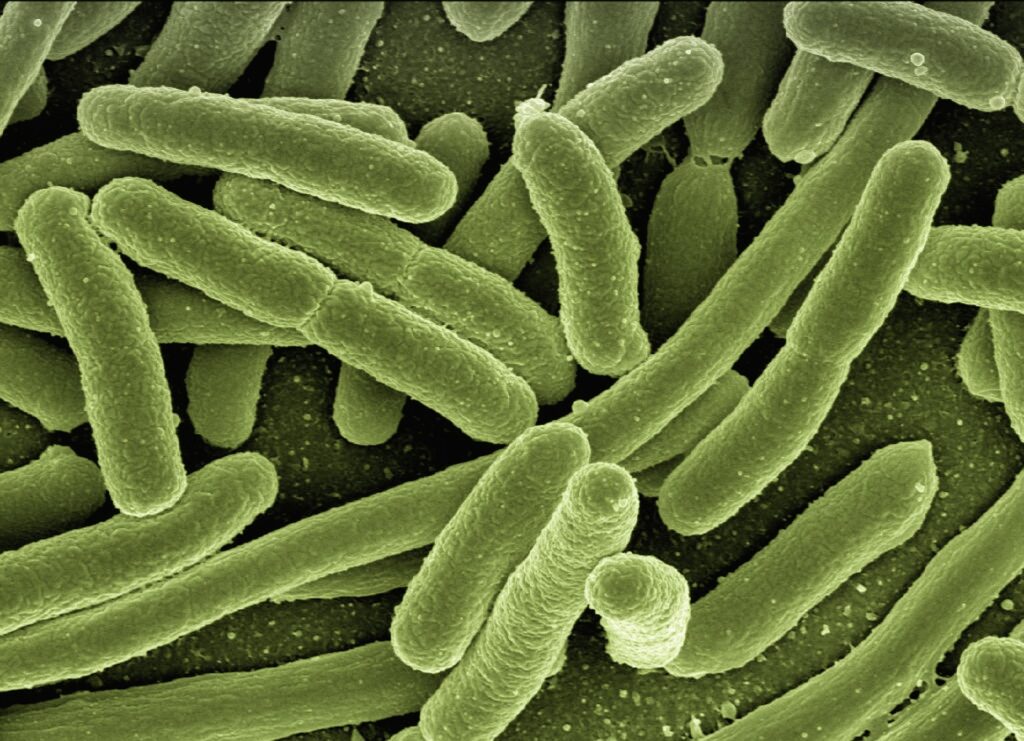
IV. Types of UV Light
UV light sanitization has become an increasingly popular method for killing germs and sterilizing surfaces, but did you know that there are different types of UV light used for this purpose?
In this post, we will explore the various forms of UV light used for sanitization and their unique characteristics, including UVA, UVB, and UVC.
From handheld wands to whole-room systems, understanding the different types of UV light sanitization will help you make an informed choice for your home or business.
UVA light refers to a type of ultraviolet radiation that falls within the ultraviolet spectrum of light.
UVA light has a longer wavelength than UVB and UVC light, and is less energetic than the other two types of ultraviolet radiation.
Despite its lower energy, UVA light is still capable of penetrating deep into the skin, making it an important factor to consider when protecting against sun damage.
UVA light makes up the majority of the ultraviolet radiation that reaches the earth’s surface, and is present in both natural and artificial light sources.
Sun lamps and tanning beds are examples of artificial sources of UVA light, while the sun is the main source of natural UVA light.
UVA light is often used in dermatology and cosmetic applications due to its ability to penetrate deep into the skin.
For example, UVA light therapy is used to treat skin conditions such as psoriasis, and UVA light-emitting devices are used in anti-aging treatments and skin rejuvenation.
However, it is important to note that prolonged exposure to UVA light can be harmful, as it can cause damage to the skin’s DNA and contribute to the development of skin cancer.
To protect against the harmful effects of UVA light, it is important to use sunscreen and protective clothing, and to limit exposure to artificial sources of UVA light.
UVB light is a type of ultraviolet light that differs from UVA light in terms of its wavelength and energy levels.
UVB light has a shorter wavelength and higher energy compared to UVA light, making it more capable of causing damage to the skin’s DNA.
The primary source of natural UVB light is the sun, and it is also present in artificial sources such as sun lamps and tanning beds.
UVB light plays a crucial role in the synthesis of vitamin D in the skin, which is essential for bone health.
However, excessive exposure to UVB light can also lead to skin damage and increase the risk of skin cancer.
To protect against the harmful effects of UVB light, it is recommended to use sunscreen with a high SPF, wear protective clothing, and limit exposure to artificial sources of UVB light.
In comparison, UVA light has a longer wavelength and lower energy compared to UVB light, making it less capable of causing direct DNA damage.
However, UVA light penetrates deeper into the skin and contributes to skin aging and the development of skin cancer.
UVC light has a shorter wavelength and higher energy compared to UVB light, making it highly effective at killing bacteria and viruses.
UVC light is not naturally present in the environment and is mostly produced by artificial sources such as UV lamps.
It is commonly used in water purification systems, air purification systems, and surface sanitization applications.
The effectiveness of UVC light in killing germs and bacteria is due to its ability to penetrate the cell wall of microorganisms and disrupt their DNA, effectively rendering them inactive.
Studies have shown that UVC light is capable of killing over 99% of bacteria and viruses in a matter of seconds.
In comparison, UVB light has a longer wavelength and lower energy compared to UVC light, making it less capable of penetrating the cell wall of microorganisms and disrupting their DNA.
Although UVB light does have some germicidal properties, it is not as effective as UVC light in terms of sanitation.
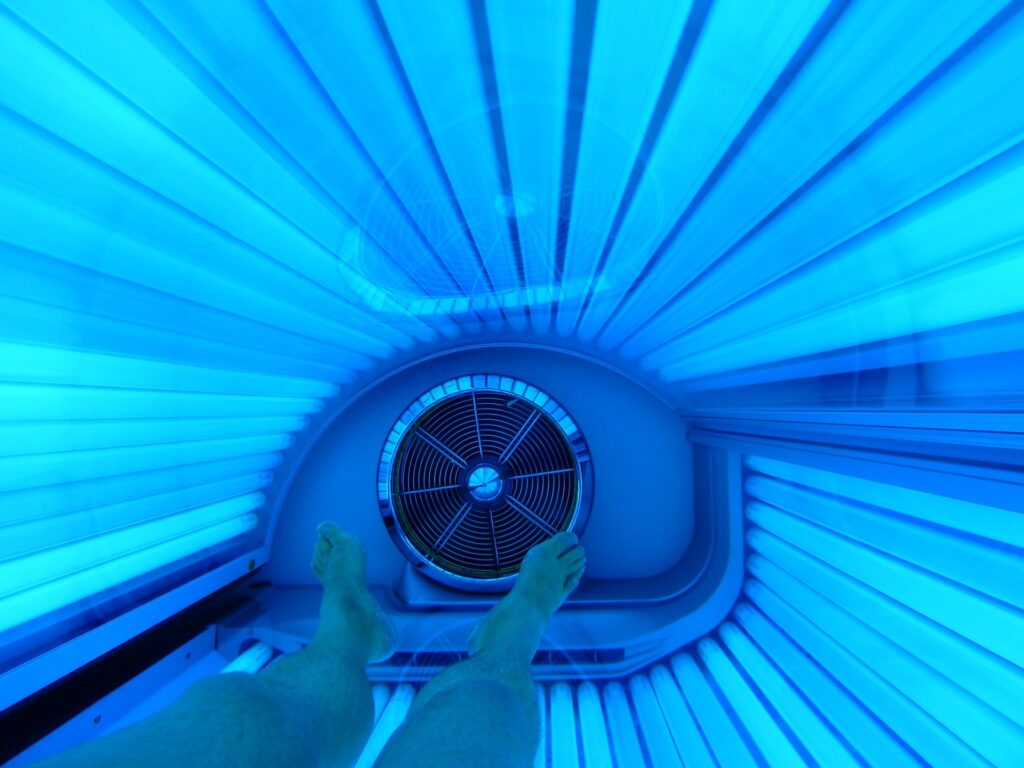
V. Advantages and Limitations of UV Light Sanitization
UV light sanitization has become a popular method for killing germs and sterilizing surfaces, but like any technology, it has its pros and cons.
In this post, we will examine the advantages and limitations of using UV light for sanitization.
From its effectiveness against a wide range of pathogens to its potential impact on human health, we’ll explore both the benefits and drawbacks of this innovative technology, helping you determine if it’s the right choice for your needs.
UV light sanitization offers several advantages over traditional methods of disinfecting surfaces and objects.
Firstly, UV light is highly effective at killing a wide range of microorganisms, including bacteria, viruses, and fungi, without the use of harsh chemicals.
This makes it a safer option for individuals with chemical sensitivities, as well as for the environment.
Additionally, UV light sanitization is quick and efficient, with studies showing that it can kill over 99% of bacteria and viruses in a matter of seconds.
This is especially important in settings such as hospitals, schools, and public transportation, where quick and effective sanitization is crucial in preventing the spread of infectious diseases.
Furthermore, UV light sanitization is a cost-effective method, as it does not require the use of expensive chemicals or the need for frequent replacement of cleaning equipment.
It is also easy to implement, as UV light sanitization devices are compact and portable, making them suitable for use in a wide range of settings.
In conclusion, UV light sanitization offers a highly effective, safe, and cost-efficient method of killing bacteria, viruses, and other microorganisms without the use of harsh chemicals.
UV light sanitization, while effective in killing germs and bacteria, is not without limitations.
UV light can be harmful to human skin and eyes, and prolonged exposure can cause serious health problems.
UV light cannot penetrate certain materials, such as metals or plastics, making it difficult to sanitize objects inside these materials.
Some germs and bacteria are resistant to UV light, such as certain strains of E. coli and Salmonella.
UV light requires direct contact with the surface being sanitized, meaning that it may not reach every surface of an object or surrounding areas.
UV light is also not effective in removing or destroying larger contaminants such as dirt, dust, and other particles.
In conclusion, UV light sanitization has limitations, and it is important to understand and consider these limitations in order to make an informed decision on the most effective way to sanitize a given environment or object.
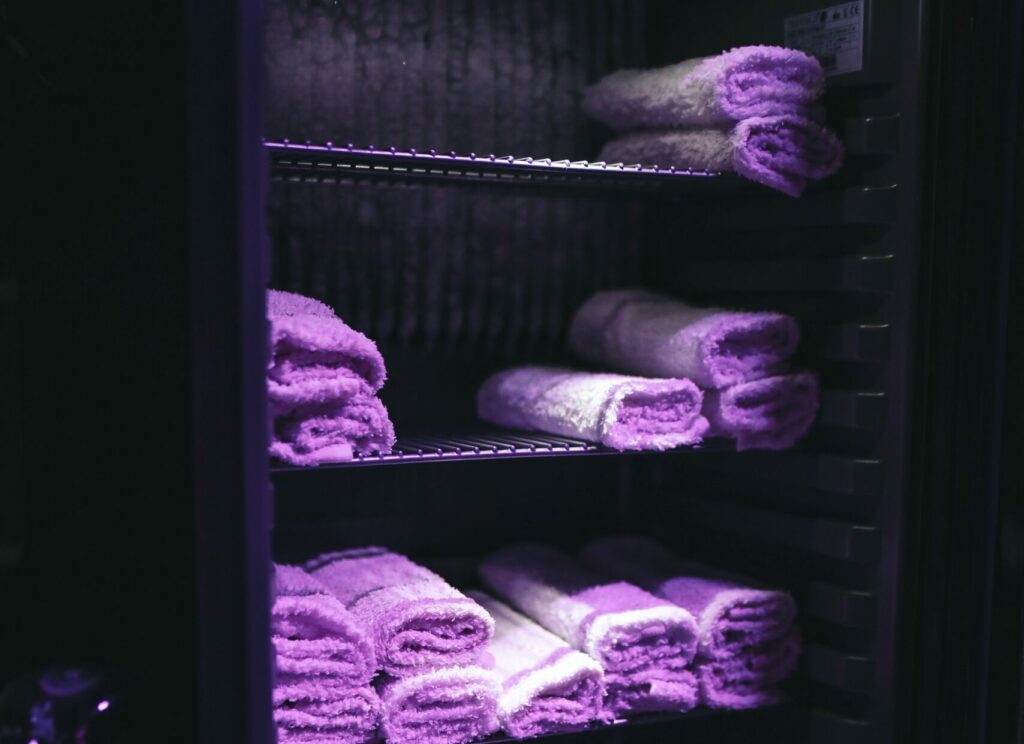
VI. Conclusion on How UV Sanitation Works
Ultraviolet (UV) light sanitization has become a popular and effective method for killing germs and sterilizing surfaces.
In this post, we have explored how UV light works, the different types of UV light used for sanitization, and the advantages and limitations of using UV light for this purpose.
In this conclusion, we will summarize the key takeaways from our discussion and provide a final assessment of the effectiveness and potential of UV light sanitization.
Ultraviolet (UV) light has been scientifically proven to be effective in killing germs and bacteria.
However, the efficiency of this method depends on several factors such as the type of UV light used, the strength of the UV light source, the duration of exposure, and the type of surface and bacteria being sanitized.
UVC light has the highest germicidal potency, but it is also dangerous to human health and therefore must be used with caution.
UVB light is less potent but still effective, while UVA light has very little germicidal effect.
The distance between the UV light source and the surface being sanitized is also a factor that can affect the efficiency.
The closer the surface is to the light source, the greater the germicidal effect. The strength of the UV light source, measured in watts, also plays a role in determining the efficacy of the sanitation process.
Additionally, the type of surface and bacteria being sanitized can affect the efficiency of UV light.
For example, UV light can penetrate porous surfaces better than non-porous ones. Similarly, different types of bacteria and germs can have varying levels of sensitivity to UV light.
In conclusion, while UV light is a highly effective method of killing germs and bacteria, its efficiency can vary depending on several factors.
It is important to consider these factors when choosing and implementing a UV light sanitization solution.
IMAGE: https://www.pexels.com/photo/scientists-checking-data-3912469/
Citations:
- [1] U.S. Environmental Protection Agency. (2020). UV Light: Compliance Advisory. Retrieved from https://www.epa.gov/sites/default/files/2020-10/documents/uvlight-complianceadvisory.pdf
- [2] T.A. Grist, C.A. Halliday, K.A. Smith. (2020). The use of ultraviolet light in the decontamination of surfaces and air. Journal of Hospital Infection, 106(3), pp.253-265. Retrieved from https://www.ncbi.nlm.nih.gov/pmc/articles/PMC7571309/
- [3] ABI Online. (2021). Is UV sterilization effective for viruses and bacteria? Retrieved from https://abionline.com/is-uv-sterilization-effective-for-viruses-and-bacteria/
